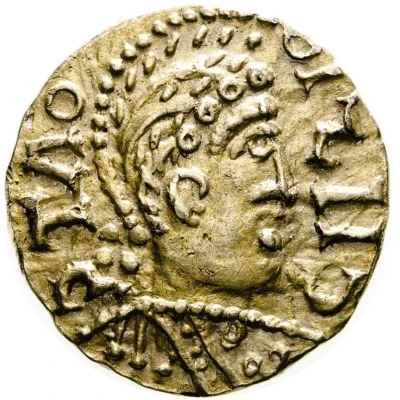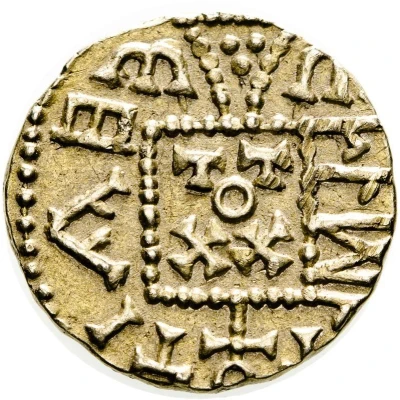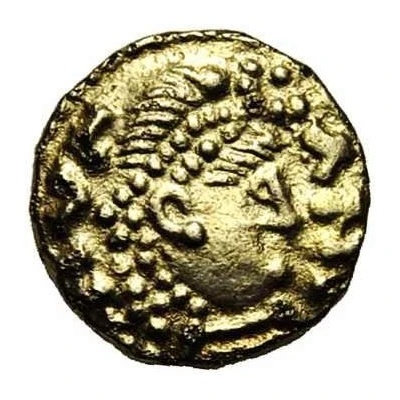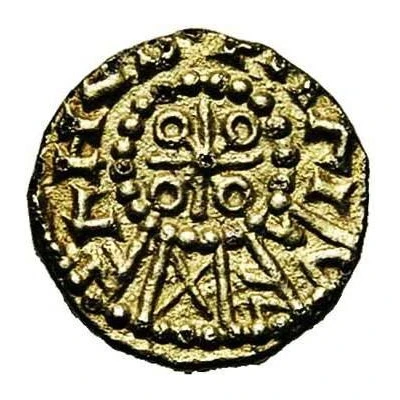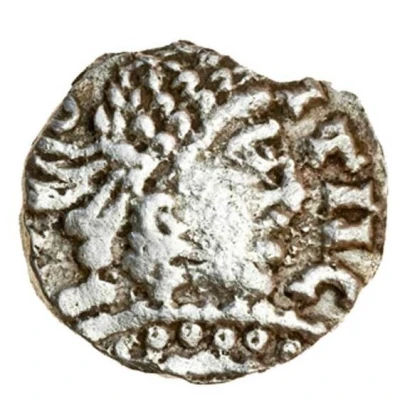
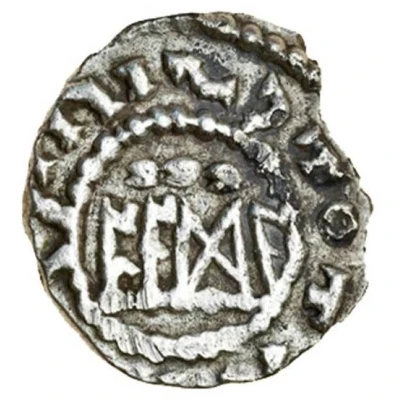

© Spink and Son
Thrymsa 'Pada'; Type IIa
| Electrum | 1.20 g | - |
| Issuer | Early Anglo-Saxon (Kingdoms of British Isles and Frisia) |
|---|---|
| Type | Standard circulation coin |
| Years | 655-675 |
| Value | 1 Thrymsa |
| Currency | Thrymsa (600-675) |
| Composition | Electrum |
| Weight | 1.20 g |
| Shape | Round (irregular) |
| Technique | Hammered |
| Orientation | Variable alignment ↺ |
| Demonetized | Yes |
| Updated | 2024-10-09 |
| Numista | N#117392 |
|---|---|
| Rarity index | 97% |
Reverse
Pada in tablet within beaded inner circle, pseudo-legend around.
Script: Runic
Comment
Early Anglo-Saxon period (c.600-c.775), Thrymsa coinage (c.600-c.675), Post-Crondall types (c.655-c.675).Pale gold types, visibly debased and sometimes almost silvery, containing 10-35% gold.
Interesting fact
One interesting fact about the Thrymsa coin is that it features a unique blend of Christian and pagan elements in its design. The obverse side of the coin bears the image of a cross, which symbolizes the Christian faith, while the reverse side features a depiction of a pagan deity, likely the Anglo-Saxon god Thunor. This blending of religious motifs reflects the cultural and religious shifts that were taking place in Early Anglo-Saxon society during the 7th century.
